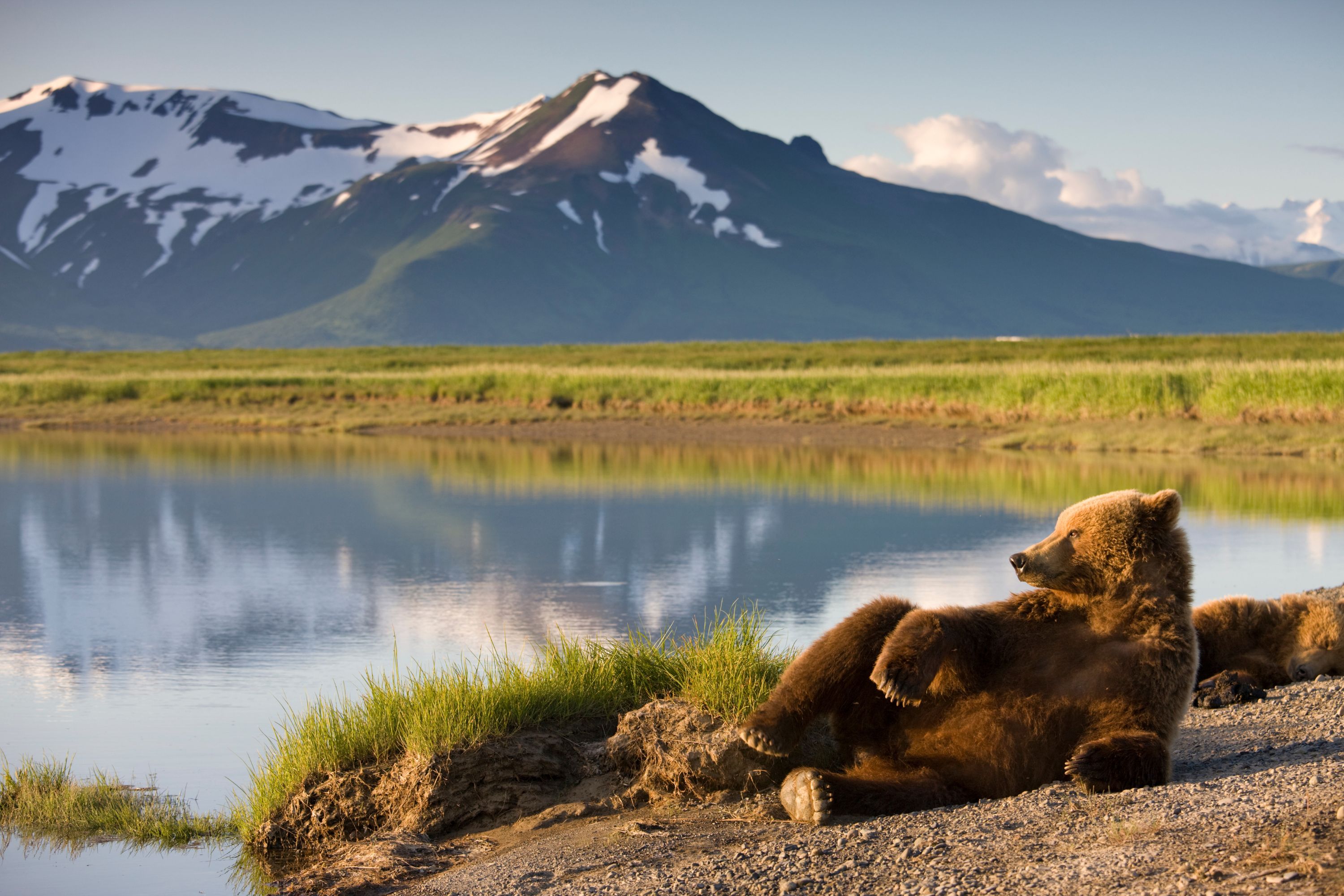The Thawing Of Permafrost Due To Climate Change Has Caused Dozens Of Rivers In Alaska To Suddenly Turn Orange, Threatening Local Wildlife Populations

Dozens of rivers in Alaska have suddenly turned orange, and climate change may be to blame. The orange water could have a negative impact on local wildlife populations.
According to a study published in the journal Communications Earth and Environment, at least 75 rivers have changed color since 2017.
The phenomenon is due to the thawing of permafrost. Permafrost is soil or underwater sediment that remains completely frozen for at least two years straight.
The soil in Alaska contains several metals, such as zinc, cadmium, copper, iron, arsenic, and lead. The warming climate causes the permafrost to melt at rapid rates so that the metals have entered Alaska’s once-clear waterways. Metals like iron have a chemical reaction with oxygen in the water, which turns the water orange.
Additionally, the number of affected rivers and streams seems to be going up. The first observation of orange water was recorded between 2017 and 2018.
Since then, researchers from the University of California, Davis, the U.S. Geological Survey, and the National Park Service have spotted 75 waterways tinged with various shades of orange.
“Orange streams have been observed across much of northern Alaska, spanning traditional territories of the Alaska Native peoples in the Noatak, Kobuk, and Koyukuk River basins; public lands; designated wilderness; and within watersheds of several National Wild and Scenic Rivers, including the Alatna, John, Koyukuk, Tinayguk, and Salmon rivers,” wrote the authors of the study.
The phenomenon is a threat to all species in Alaska, impacting everything from fish to drinking water.
Fish in Alaska are important for sustenance, sport, and commercial fisheries, but the excess of iron and other toxic metals in the water may decrease the quality of the water and reduce habitat.
Paul – stock.adobe.com – illustrative purposes only, not the actual bear
Sign up for Chip Chick’s newsletter and get stories like this delivered to your inbox.
For instance, at a tributary of the Akillik River, researchers documented the loss of two fish species, Dolly Varden and Slimy Sculpin.
The metals in the river can accumulate in fish gills, livers, and muscle tissue, which inhibits growth and damages DNA.
Humans living in Alaska may also feel the harmful effects of the orange rivers. Rural communities have the potential of losing access to sources of drinking water as the permafrost continues to melt.
The researchers hope this study will lead to response efforts to address the issue before more wildlife is lost.
Welcome to Billionaire Club Co LLC, your gateway to a brand-new social media experience! Sign up today and dive into over 10,000 fresh daily articles and videos curated just for your enjoyment. Enjoy the ad free experience, unlimited content interactions, and get that coveted blue check verification—all for just $1 a month!
Account Frozen
Your account is frozen. You can still view content but cannot interact with it.
Please go to your settings to update your account status.
Open Profile Settings